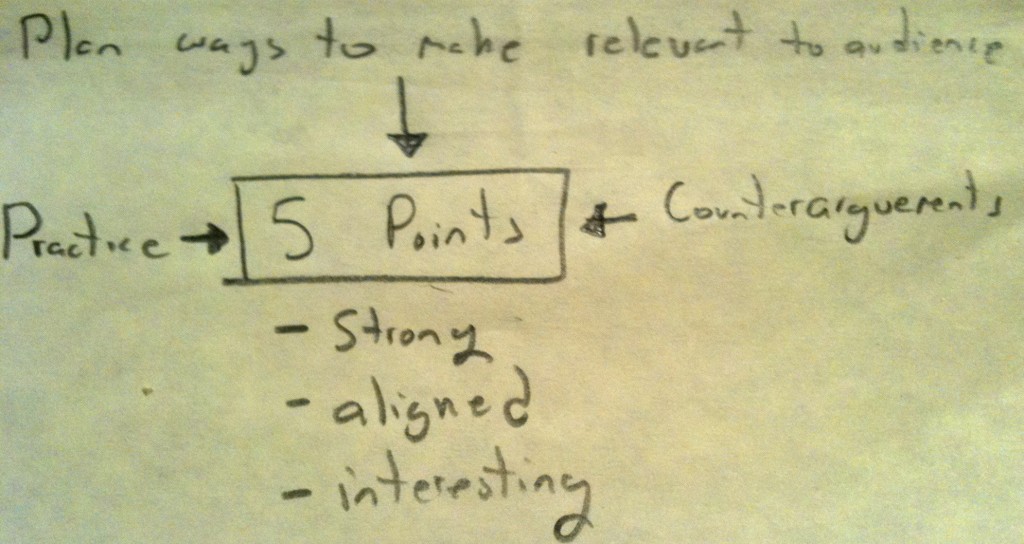A = The skills and knowledge needed to do the kind of work that your next job entails
B = The skills and knowledge that you have
C = The skills and knowledge you have to learn or get someone to teach you, or figure out some way to get someone else to do for you in your new promotion. These skills and knowledge should be made into a list that you need to check off one by one.
References
What Color Is Your Parachute. I adapted this from his chapter on how to start your own business. It was recently recommended to me to re-read “The Parachute” book once a year, so I am doing so now. Additionally, it is useful to give me practical ideas/topics and to help focus my discussions with the people I manage and mentor. I highly recommend it.
See also: How to get promoted to Senior User Experience Designer


